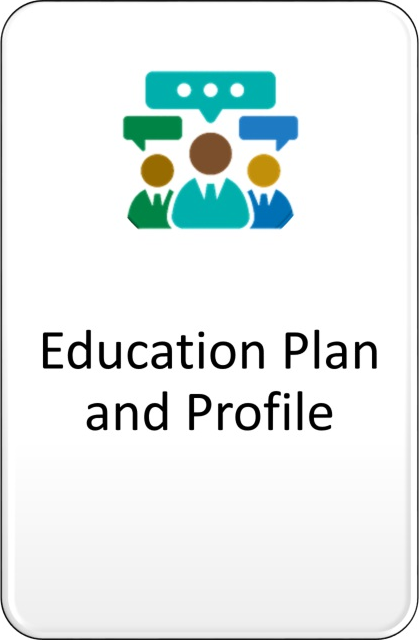
“One of my children received a standard diploma a year early by taking advantage of district opportunities to add graduation credits to his transcript beyond the regular school day…he was able to enter college a year ahead of schedule and was prepared to work hard. The school counselor helped him map out a plan to meet his own goal that he could execute over the course of two years. It was an exceptional example of a public school helping a student realize their self-described educational path.” ―Oregon Resident
The Education Plan and Profile is a document that serves as a road map to guide student learning throughout their secondary education and into their lives after high school. It also serves as a living, growing collection of a student's achievements and interests. This document should stay with the student through any school transfers, and should be updated at least yearly.
The Education Plan and Profile has also been called a personalized education plan in some places in Oregon, or even just the education plan. Because the Oregon Administrative Rules refer to this part of the personalized learning requirements as the Education Plan and Profile, this document will use that language.
Process
Through adult-guided conversations and activities, students explore their interests, talents, and plans for the future. This process is ongoing; as students revisit and revise their thinking over time, their education plan and profile.
Students meet with an adult at least yearly to choose classes and programs of study aligned to their interests, talents, and career ambitions. Students choose examples of their best work and notable achievements to be included in their Education Plan and Profile.
Product
A document or collection of documents (paper or online) for each student that is updated at least once a year, beginning in grade 7. This document should include the following information about the student:
- Interests, courses they plan to take, and career aspirations
- Participation in Career-Related Learning Experiences
- A portfolio of work and achievements, including progress towards any larger goals (badges, CTE concentrations, etc.)